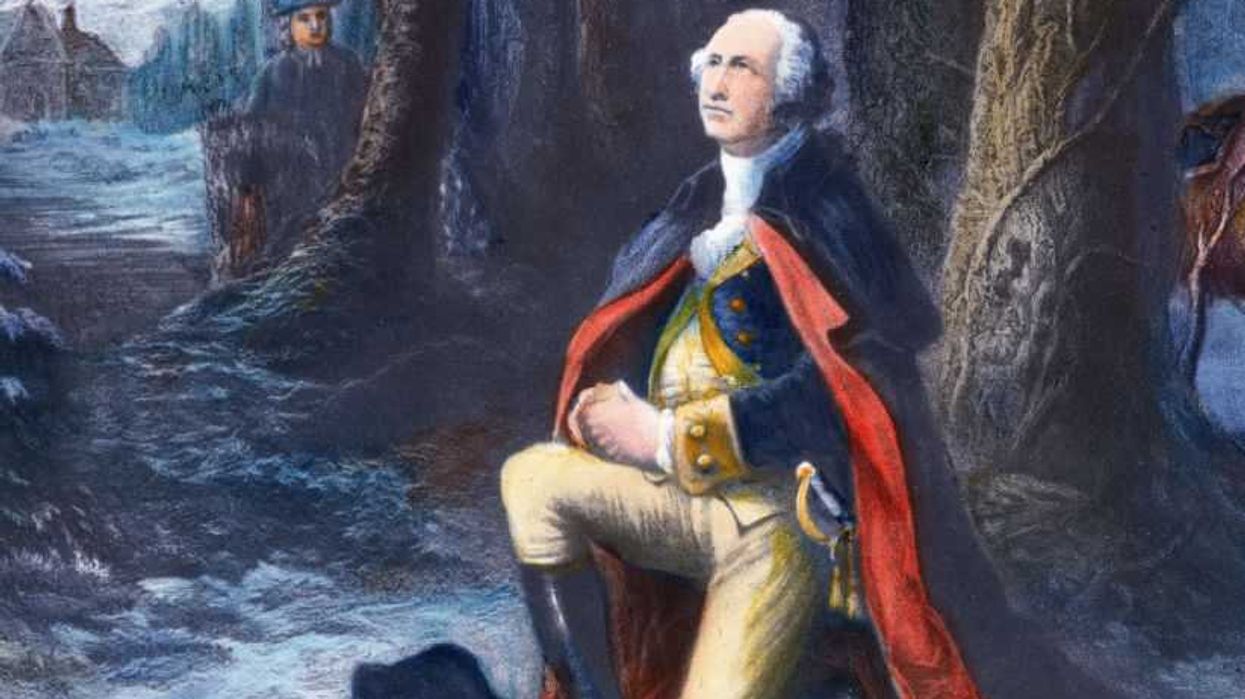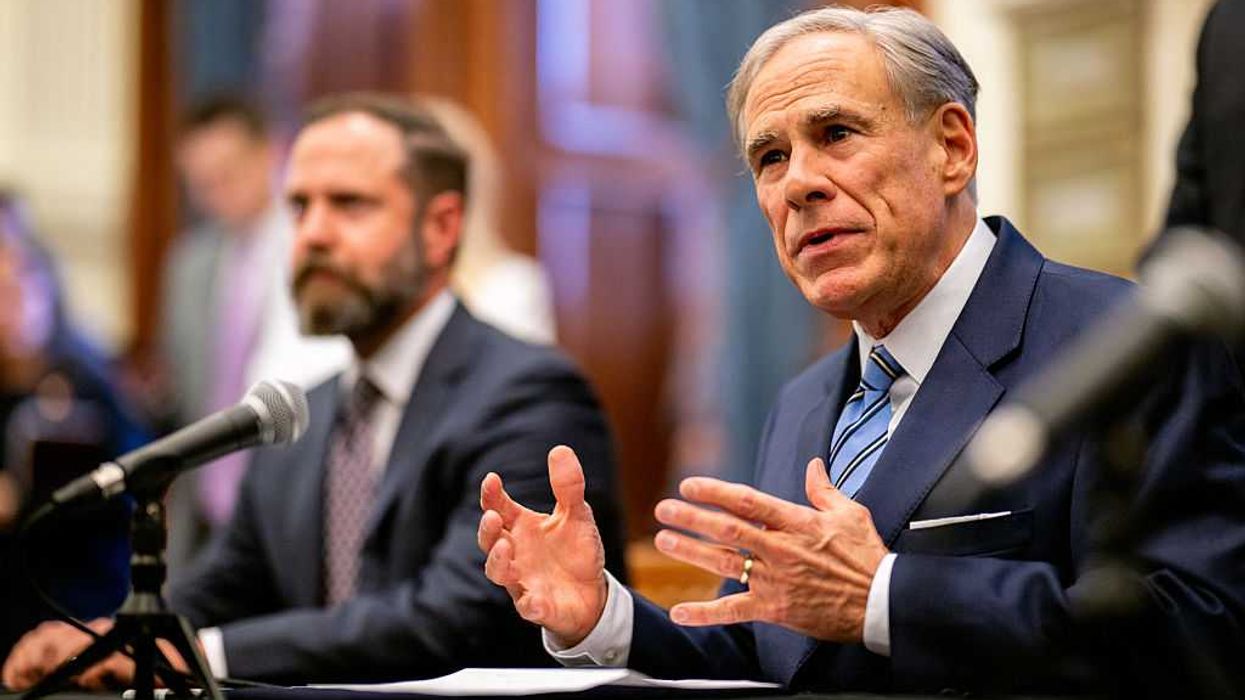I recently came across an old propaganda poster from the Soviet Union. Vladimir Lenin stands in front of a giant red Soviet emblem. His right arm stretches forward with a caption that reads:
To the bright future of communist society, universal prosperity and enduring peace.
The words “TO THE BRIGHT FUTURE” would go on to be used by some — the Politburo, party officials and the KGB — as an excuse when they asserted their heavy hand on their people.
You don’t like reporting nothing but propaganda and lies in Soviet media? Don’t worry… it’s for your safety.
TO THE BRIGHT FUTURE!
Or… you don’t want your family member to go to the re-education camp? TO THE BRIGHT FUTURE.
For others — all the people suffering under Communist control — the phrase became a sort of coping mechanism. Sure this all sucks, but… TO THE BRIGHT FUTURE... I guess???
In the name of securing “universal prosperity and enduring peace,” the Soviets injected political commissars and KGB thugs into every aspect of society: industry, pseudo-businesses, the media… everywhere and everything. The State — which is always called THE PEOPLE for some reason — had their tentacles into everything. No decisions were made without their approval, order or manipulation.
We see this in totalitarian Leftist governments all over the world. Chinese companies are completely infiltrated by their politburo overlords. Under Xi Jinping, a national intelligence law signed in 2017 states:
Any organization or citizen shall support, assist, and cooperate with state intelligence work according to law.
Think about that the next time you use a phone that was made by Huawei, or you fire up TikTok to watch a string of cat videos with funny music in the background, or you purchase a Chinese-made watch that looks suspiciously like a near-perfect clone of an Apple watch.
The product you are using can be used to support Chinese national intelligence work. They’ve told us this upfront of course, but we use them all anyway.
Can I ask you a question? The way both the Soviets and Chinese treat businesses and their own people… how is OUR CURRENT SYSTEM any different?
The FBI — THE POLITICAL COMMISSARS THEMSELVES — admitted recently to holding regular meetings with all the big social media companies. They maintained quote “relationships” and “met weekly.” Mark Zuckerberg gave a hint on a Joe Rogan podcast on what some of the meetings contained. He said the FBI warned them about some Russian propaganda that was about to be released.
The FBI already had a copy of the laptop
We now know that this was referencing Hunter Biden’s laptop. But here’s the thing… the FBI already had a copy of the laptop. They KNEW that it wasn’t Russian propaganda. So why was the FBI feeding misinformation to social media companies to give a little wink-wink, nudge-nudge on what they should do when Hunter’s laptop came out?
We already know that the FBI didn’t want Donald Trump to become President. We saw that when an FBI lawyer was caught FALSIFYING EVIDENCE in order to get a FISA warrant to spy on Trump campaign official, Carter Page.
And speaking of FBI lawyers, it was the FBI’s top lawyer, James Baker, that helped facilitate the meeting between Democratic operative Michael Sussman and FBI investigators to look into the bogus Trump/Alfabank smear.
Baker would then leave the FBI, and guess who quickly hired him… TWITTER. We now know from Elon Musk’s Twitter file disclosure that James Baker, as now TWITTER’S top lawyer, helped to suppress the Hunter Biden laptop story.
But wait… THERE’S MORE. When Musk tried to release the files showing how Twitter suppressed the story, Baker INTERCEPTED the evidence to “vet” as it was about to get released. Was it to take out all the parts that showed FBI involvement? Musk wasn’t amused and FIRED James Baker. I wouldn’t be surprised if he just goes right back to his old job at the FBI.
The Twitter Files show how outside political actors, USUALLY from the left, have a far too friendly relationship with Big Tech, and these companies are all too willing to do their bidding.
We knew all of this already. It was OBVIOUS. But it’s a heck of a site to see it from their OWN EMAILS.
So… what’s the difference between us and the Soviet Union and China? The difference is that the people of the Soviet Union and China had this kind of behavior FORCED on them. Today, Silicon Valley AND THE MEDIA do it on their own accord. TO THE BRIGHT FUTURE!


 Harold M. Lambert / Contributor | Getty Images
Harold M. Lambert / Contributor | Getty Images Adam Gray / Stringer | Getty Images
Adam Gray / Stringer | Getty Images Anadolu / Contributor | Getty Images
Anadolu / Contributor | Getty Images Brandon Bell / Staff | Getty Images
Brandon Bell / Staff | Getty Images